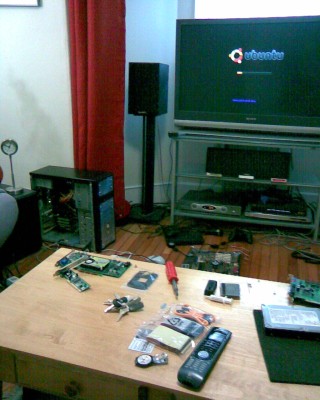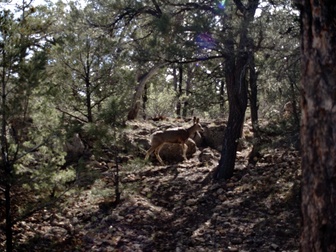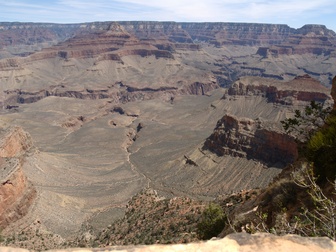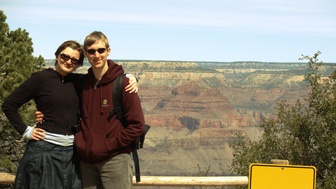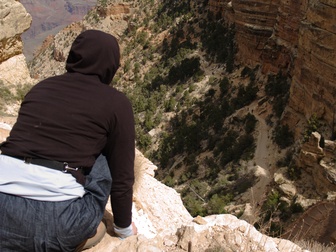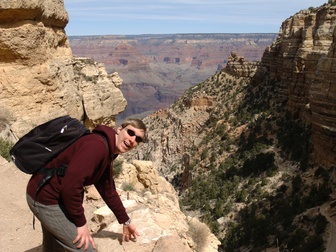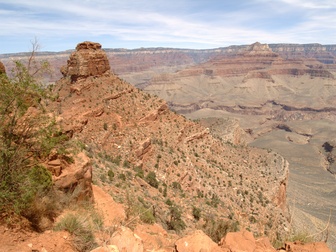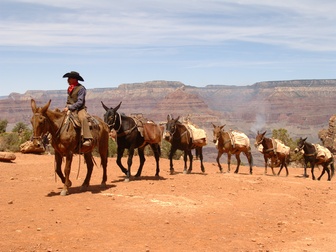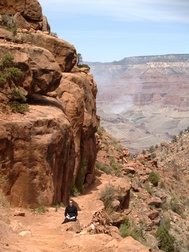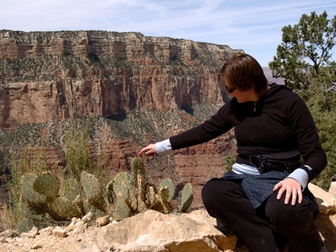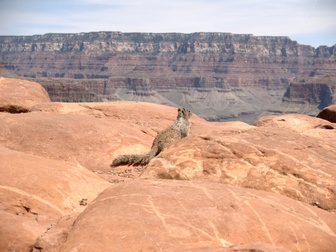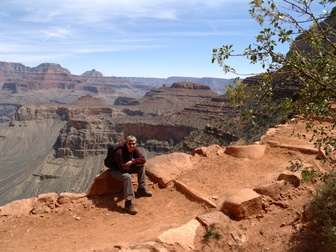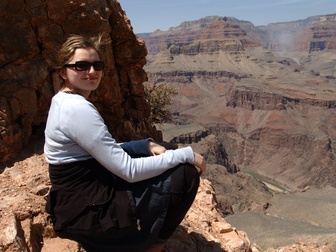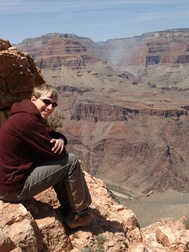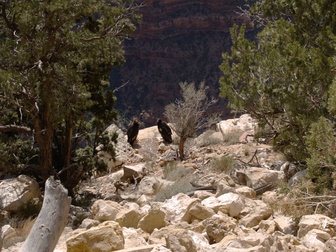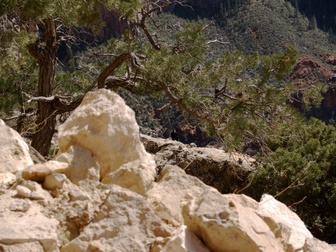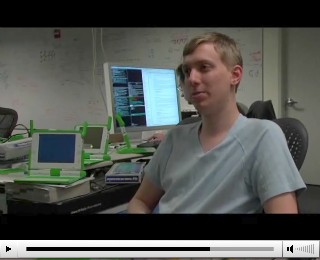A long while back I found out that mythtv supports capturing video over firewire. The idea is that as long as one has a cable box where the jack is turned on, it will spit out the complete video and audio signal for whatever channel you are currently watching, even if it’s HD.
Although I didn’t think my current mythtv machine (Athlon 1700+) would be fast enough to play back HD, I could still use the firewire connection to change channels instead of my current unreliable IR method. I bought a cheap firewire card, and it worked. So I knew that, one day, I could upgrade the machine and get full HD.
So recently, I dropped 350$ at newegg.com and bought:
The upgrade was pretty smooth. Here are the steps.
- Back up the old machine onto a firewire drive. (I ran into problems here because newer ubuntu kernels have problem with firewire, and the old VIA chipset has USB issues. Most people would have no trouble here.)
- Rip out the guts of the machine, leaving only the case, power supply, and dvdr drive. (and one of the IDE drives which is 160 gigs and worth keeping.)
- Install new mobo with CPU, heatsink, and RAM already attached. Connect the drives. (I had to buy a little molex to SATA power cable, but that was cheap. thanks microcenter!)
- Also install old firewire card since mobo only has one connector.
- Boot up, see if it works! (I ran into a snag here because I didn’t connect a secondary 12V power cable to the motherboard. The manual helped me figure this one out.)
- Burn an Ubuntu CD, install. (So easy!)
- Use synaptic to install mythtv, xine, mplayer, etc. (So so easy. The mythtv packages are very nicely done)
- Set up new LVM for mythtv data, joining the bulk of the old 160 gig drive and the new 500 gig drive.
- Restore mythtv database and mythtv data (it takes a long time to copy 240 gigs of data.)
- Wrestle with firewire for a long time trying to get a signal. Peruse the mythtv wiki, which contains good solutions.
- Get little things working like lircd, mythweb, my xine script, and surround sound. (I haven’t got surround sound yet, it requires purchasing a little SPDIF bracket and a long toslink cable.)
It took a full, busy day, most of which was spent copying the old data and trying to get firewire to work. Everything else was pretty low-impact, including such previous headaches as installing mythtv and configuring mysql. It’s still way too hard for the average user, but at no point did I feel like I was breaking a sweat. I’ve spent a lot of time with mythtv so I know where a lot of the “unbreakme” buttons are. I know I have to set this up, or tweak that option… things that should be defaults but aren’t. I’d say 90% of the difficult stuff was because I was transferring old data and had permissions issues. If this was a new install, the only blocker would have been the firewire issue.
All in all, a day well-spent, and now I can record and play back native HDTV streams like they were youtube videos. It’s been a long time since I’ve been able to spread hardware all over the floor.
Did I mention this cost me 350$? Compare that to the competition.

